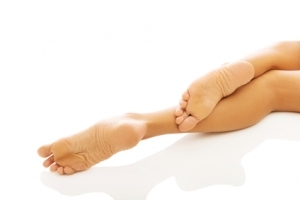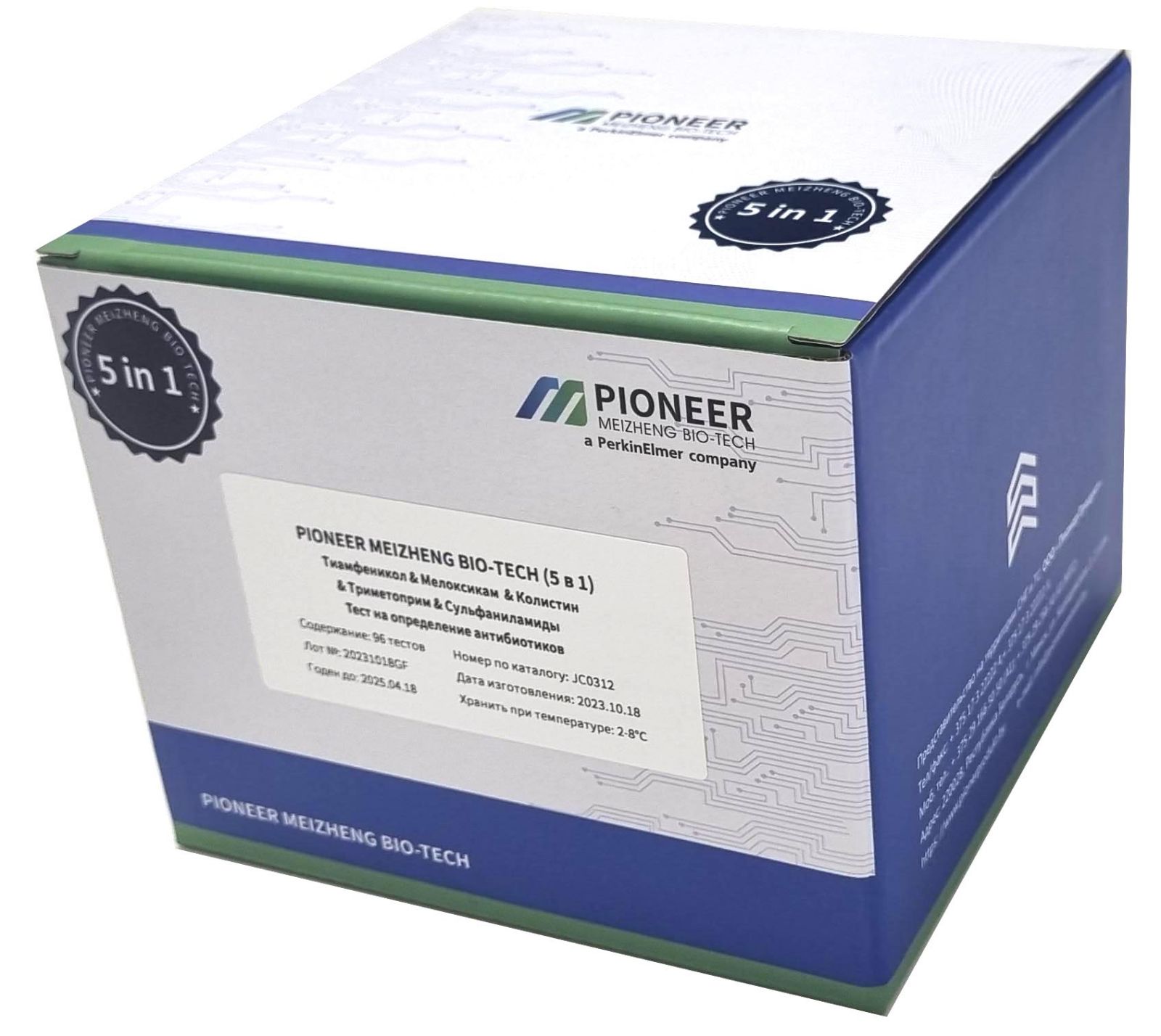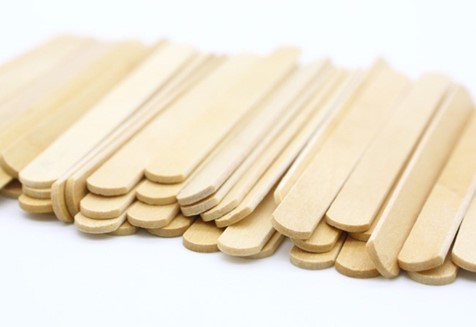Mating rabbits: when and how

When to mate rabbits? It’s not for nothing that the expression “breed like rabbits” exists. Indeed, healthy rabbits are fertile from a relatively early age and are easy to breed. Baby rabbits grow quickly, however, to ensure the HEALTH of your animals, it is wise to wait until they reach full reproductive maturity before breeding.
To understand when rabbits are ready to mate, there are four main weight classes: small, medium, large and giant breeds. The age at which a rabbit is ready to breed depends largely on the maximum weight it should reach as an adult. Small breeds tend to mature faster than large breeds. The general rule for the optimal age to start breeding is as follows.
Small breeds (maximum up to 2.7 kg) - 4.5 months. Medium and large breeds (maximum 2.7 - 5 kg) - 6 months. Giant breeds (over 5 kg) - 9 months. In addition, good practice will be increase the above deadlines by a month.
Mating periods for rabbits and assessment of readiness Among ordinary people, rabbits have a reputation of always being ready to mate. In fact, this is not necessarily the case, although males tend to be more consistently ready to breed. You can tell that a rabbit is interested in mating when he starts sniffing vigorously at the table you just placed the female on, or if he starts acting more aggressive or agitated when he is carried past a cage of female rabbits. Finally, he may also show a specific interest in foreign objects.
Female rabbits do not express their desires so clearly. Additionally, it is worth knowing that female rabbits do not have regular heat cycles, which allows greater flexibility in the time of year and frequency of breeding. Signs that a female rabbit is ready to mate include restlessness, a slightly swollen, red or purple vulva, and the female rabbit rubbing her chin on the cage or objects inside the cage.
In countries with warm climates, rabbits mate all year round; in countries with cool climates, cold weather reduces their libido. Females are much less towards males during the winter months. If you absolutely must mate your rabbits at this time, installing a heat lamp for the female a day or two before mating and extending the daylight hours in the rabbitry using artificial lighting can help.
Always remember that rabbits must be healthy before mating, without shedding or signs of disease! The main rule is to put the female in a cage with the males, and not vice versa!!! Adult females guard their territory and are ready to seriously beat up an intruder.
Taking into account the above parameters, mating rabbits is a quick process that requires virtually no human assistance. When a female is placed with a male, after a very short introduction, and if the male is satisfied, the female will raise her tail and mounting will occur. After which the rabbit falls from the female on its side. Once this has happened, it is wise to remove the rabbit from her cage. If you are not sure whether mating was successful, it is recommended to try again after 6-10 hours and then after about 7-10 days. If the female rabbit is not interested in males and acts irritable in his presence, she is probably pregnant.
Pregnancy in rabbits usually lasts 28-34 days, however, many will say that most often rabbits appear at 31 days. Therefore, on the 26th day, you need to place a nest box with fresh grass hay and wood shavings, suitable for the size of the breed, into the female’s cage (the female should be able to turn around comfortably) to prepare the nest. There is no need to place a box that is too large - the rabbit may start using it as a toilet, which is harmful for the litter. In addition to padding the box, the female rabbit will insulate it with her down and six pulled from her back and chest.
At this time and after the birth of the rabbits, it is important to protect the female from loud sounds that provoke fear and cannibalism, as well as to provide access to hay, water, and granulated food. There is no need to constantly pull out the nest box and see if the baby rabbits have appeared. This will be visible from the movement in the nest and so on. Mostly birthing occurs late in the evening or early in the morning. On the first day after birth, you need to very carefully remove the box and, if there are stillborn rabbits or remains of the placenta, clean it. A sign of a successful birth is the absence of traces of blood, dry, clean rabbits with round bellies. After this inspection, there is no need to disturb the animals again.
Read together with it:
- Jakarta authorities plan to ban the sale of dog and cat meat.The governor of Indonesia's capital, Pramodjo Anung Wibowo, announced plans to ban the sale of dog and cat MEAT for human consumption. The decision was announced after a meeting with representatives of the animal rights organization Dog.MEAT Free Indonesia (DMFI), writes Antara. The governor explained that this ban will be part of measures to curb the spread of rabies in the city. A special gubern...
- 5,7 миллиардов рублей на поддержку аграриев: Подмосковье внедряет ИИ и расширяет субсидии на приобретение сельхозтехникиВ рамках Российской агропромышленной выставки «Золотая Осень – 2025» состоялся круглый стол «Государственная поддержка отраслей АПК: изменения на 2026 год, степень влияния на финансовый результат». Министр сельского хозяйства и продовольствия Московской области Сергей Двойных представил опыт региона по реализации мер господдержки и обозначил приоритетные направления развития. «В прошлом году на по...
- Emotions, care, and the three-year crisis: What influences a child's psyche, explained an expertOctober 10, MINSK . On Mental HEALTH Day, Oksana Shilova, a psychiatrist and narcologist of the highest qualification category, leading researcher at the Republican Scientific and Practical Center for Mental Health, PhD in Medicine, and Associate Professor, discussed how children's mental health develops, BELTA reports. "The mental health of different categories of people, as well as the provision...
- Tightening penalties for transporting livestock without veterinary documents in RussiaCurrently, the epizootic situation in the country is assessed as stable, however, there are threats that can destabilize this situation, including the spread of diseases such asBrucellosis , especially in regions with private farms where compliance with veterinary regulations is difficult, creates dangerous situations in which uninspected livestock can become a source of infectious diseases. The n...
- A key element of a healthy lifestyle. An expert reminded us of the importance of proper nutrition.October 7, MINSK . Snezhana Kavrigo, HEAD of the Minsk City HEALTH Center, reminded patients of the importance of proper nutrition, a BELTA correspondent reports. "I urge our patients to watch what they buy. No matter where you are, something can spoil. As a consumer myself, I constantly watch and try new things, but it's the human factor," urged Snezhana Kavrigo. She noted that this advice also a...
- How prevention is changing the fight against the leading cause of death in RussiaThe network of vascular centers established in RUSSIA has proven its effectiveness in saving lives. Today, the state prioritizes managing risk factors and increasing patient adherence to treatment.September 29th marks World Heart Day— cardiovascular HEALTH directly determines life quality and life expectancy. In Russia, the prevention, diagnosis, and treatment of heart and vascular diseases are a ...
- A goat owner in Primorye was issued a warning for ignoring veterinary regulations.According to the department, the owner of a private farmstead, G.V. Chernukha, refused to provide 14 goats for examination and veterinary procedures. According to Russian law, animal owners are responsible for their animals' HEALTH and are required to implement preventive measures to prevent disease. The department emphasizes that animal owners are required to follow the instructions of state vete...
- Russian agricultural producers began a business mission to India at the World Food India 2025 exhibition.More than 40 organizations are participating from the Indian side, including government agencies, associations, and companies in the import and retail sectors. The event included a roundtable discussion of strategies for the HoReCa, retail, and e-commerce sectors, as well as consumer trends and product quality requirements . Ilya Ilyushin, HEAD of Agroexport, noted that RUSSIA has successfully sec...
- Argentina: SENACSA intensifies national campaign against bovine brucellosisAt every pointSampling is being carried out with the assistance of specialists from the Animal HEALTH Foundation (Fundasa), with priority given to females that have already given birth. The initial results are already providing important information about the animals' health. "Brucellosis is endemic throughout the country, and we must take this into account. This campaign aims not only to identify...





























































